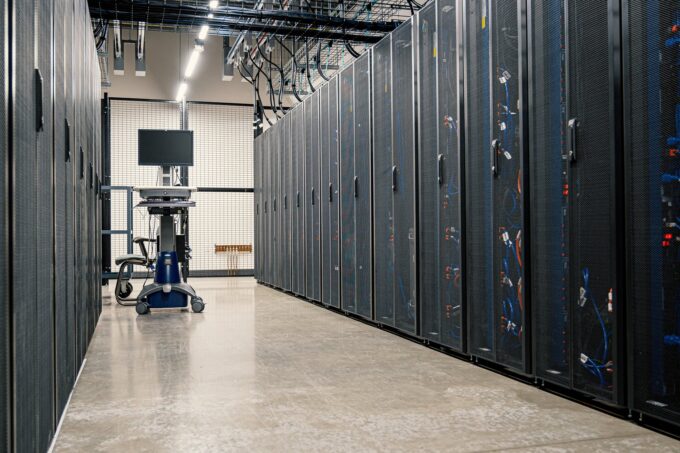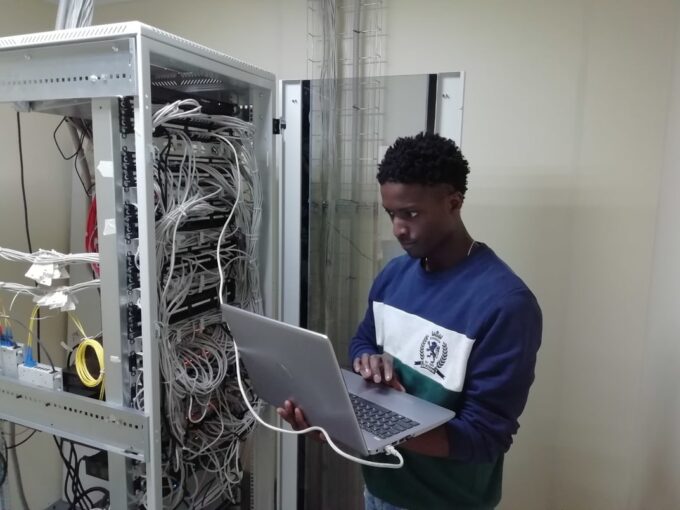Virtualization creates an abstraction layer over physical hardware using the software. It accomplishes this by establishing a virtual computation system, often known as virtual machines (VMs). This enables businesses to operate several virtual machines, operating systems, and applications on a single physical server, thereby dividing it into multiple virtual servers. Simply said, one of the key benefits of virtualization is that it makes better use of actual computer hardware, resulting in a higher return on investment for a corporation.
Earlier in days without server virtualization, servers used to utilize only a small portion of their computing power. This is because the workload was allocated to only a subset of the network’s servers, and servers became idle. Overcrowding and underutilized servers cause a waste of resources and power in data centers. But server virtualization is a cost-effective technique to deliver web hosting services while maximizing the use of current IT infrastructure resources.
VMware’s server virtualization software simulates hardware and creates a virtual computer system. Multiple operating systems and applications can be run on a single physical device thanks to virtualization. Virtual computer systems are referred to as “virtual machines” in IT infrastructures. Virtual machines (VMs) are software containers that contain an operating system and an application. If you want to gather more information on Vmware’s server virtualization, then visit altaro.com where you can also learn how to virtualize your servers in a cost-effective and efficient way.
What Is the Purpose of Server Virtualization?

To deal with specific jobs and workloads, virtualization software uses a divide and conquer strategy. As a result, application workloads can be executed independently of the actual server and a cluster of server assets. This means that a user can manage many computers or virtual machines (VMs) on their physical device without wasting resources on actual server deployment.
Virtualization, networking and security management tools, software-defined data center software, and storage software are all VMware products. VMware vSphere, a server virtualization tool is used for deploying and managing large-scale VM infrastructures.
VMware has apps for both desktops and servers. Linux, Microsoft Windows, and Mac OS X are all supported by VMware’s desktop software. VMware Workstation, VMware Fusion, and VMware Player are desktop products. VMware ESX Server, VMware ESXi Server, and VMware Server are among the company’s server software offerings.
Types of Server Virtualization

Full Virtualization
Full virtualization is a cost-effective type of virtualization which uses a hypervisor. A hypervisor is a form of software that interacts directly with a physical server’s storage space and CPU. It keeps track of the actual server’s resources while keeping each virtual server separate and oblivious of the others.
Also, while running applications, it transforms resources from the physical server to the right virtual server.
In this type of virtualization, any software capable of running on the physical hardware can be run in the VM, as well as any OS supported by the underlying hardware can be run in the VM. Users can run many guests operating systems at the same time.
Para-Virtualization
Para-virtualization is a simple virtualization technique where the entire network of VMs cooperates as a single entity. As each OS on the virtual servers is aware of one another, the hypervisor can manage those operating systems with less computing power.
Para-virtualization can be used to increase the performance of a guest operating system by establishing a direct connection between the virtual machine and the hardware.
OS-Level Virtualization
OS-level virtualization, unlike full and para-virtualization, does not employ a hypervisor. Instead, the physical server’s virtualization capabilities, which is part of the operating system, fulfill all of the functions of a hypervisor. However, in this server virtualization strategy, all virtual servers must run the same OS.
Reasons for choosing VMware’s Server virtualization

Virtualizing your environment can improve scalability while lowering costs, and the following are just a few of the numerous reasons that why to use virtualization services for your business:
Boost productivity and efficiency
Your IT personnel will be able to spend less time maintaining physical hardware and IT infrastructure with fewer servers. Instead of going through the onerous and time-consuming process of applying updates server-by-server, you’ll be able to install, update, and maintain the environment across all of the VMs in the virtual environment on the server. Your team’s efficiency and productivity improve when they spend less time managing the environment.
Low cost of Hardware
Server consolidation lowers the cost of data center hardware and infrastructure, as well as the cost of power and cooling. For enterprises with huge server counts, server consolidation via virtualization is a key cost-cutting strategy.
VMware server virtualization can reduce requirements of hardware by a factor of 15:1, allowing you to lower the environmental impact of your company’s IT without affecting reliability or quality of service.

Increased server flexibility
Because each VM is its own separate instance, it must run its own operating system. The OS, on the other hand, can differ between VMs, allowing the company to run any combination of Windows, Linux, and other operating systems on the same physical hardware. Traditional physical server installations lack this level of flexibility.
Vmware vSphere with Operations Management offers IT environments of any size and is not bound to any operating system, allowing you to choose your OS and software applications without any restriction.
Cost Saving
With the help of using Vmware server virtualization, not only will your organization save money on the server hardware, power, and cooling of the consolidated servers, but you’ll also save time on the administration of physical servers. End users will be more productive as a result of reduced downtime and other factors.
Backup and restore based on images
Furthermore, image-level backups make catastrophe recovery a breeze. Only altered blocks must be backed up, and because of snapshot technology, backups can be performed in the middle of the day.
Conclusion
Although, there are various server virtualization services provided by different companies out there in the market. But choose the virtualization service that is required according to your business needs. You should select the one on the basis of the requirements of your business such as types of OS and capacity of hardware required by your organization to run daily tasks, and also which is cost-effective, efficient, and fits within your budget.









